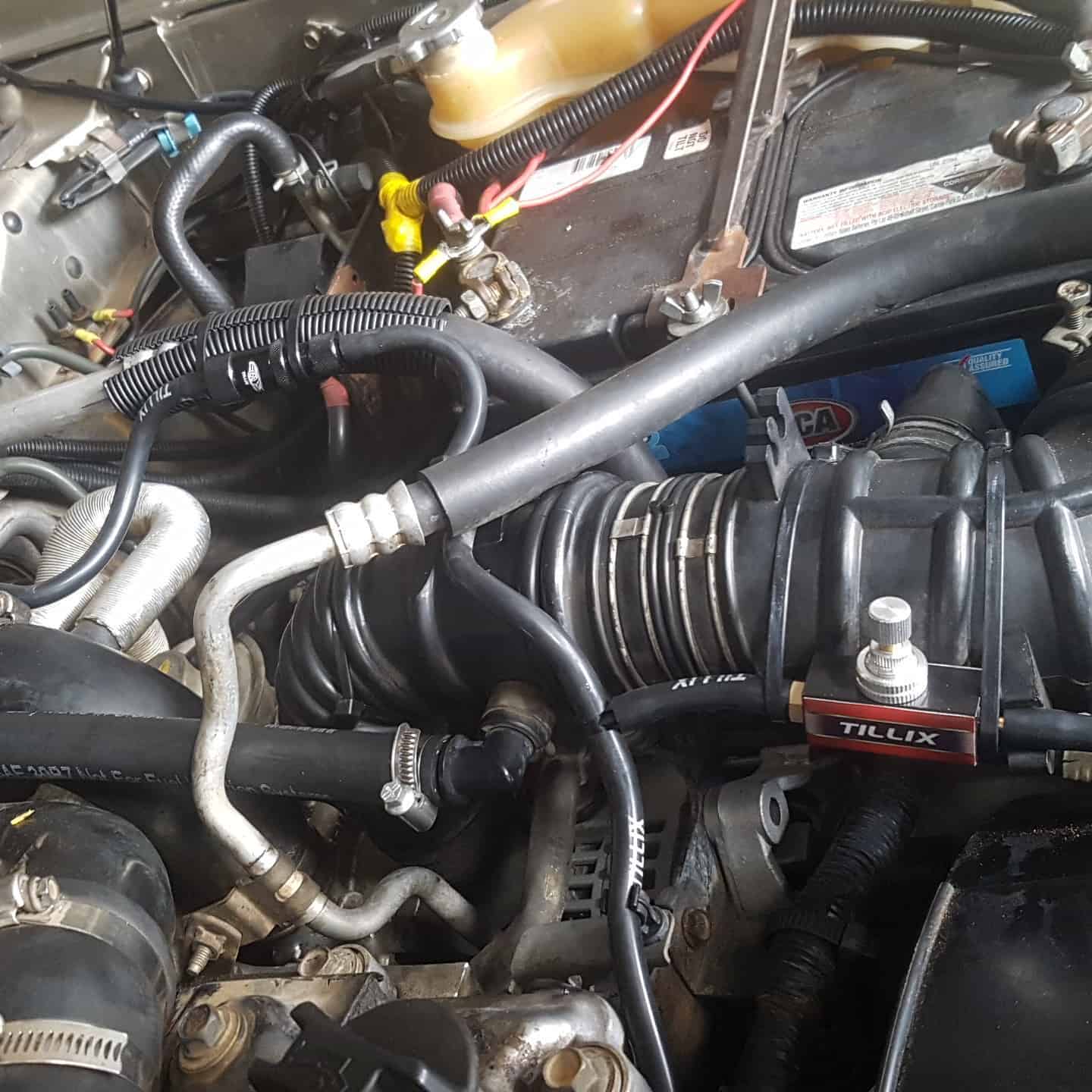- Thread starter
- #41
This is a bit off topic. I added bypass oil filter at the same time. I used Frantz toilet paper filter. I know I know... you can call me crazy... But if you look at my Ram's oil after 15000 just before oil change you will start scratching your head and won't believe that diesel oil can be that clean at all and after 15000 km it is simply unreal... So anyways, here a couple of pictures. The fleetguard is a fuel filter and behind it Frantz.

oil return from Frantz:


This is not a full flow filter, so it requires an oil flow restrictor:

oil return from Frantz:
This is not a full flow filter, so it requires an oil flow restrictor:
Last edited:


